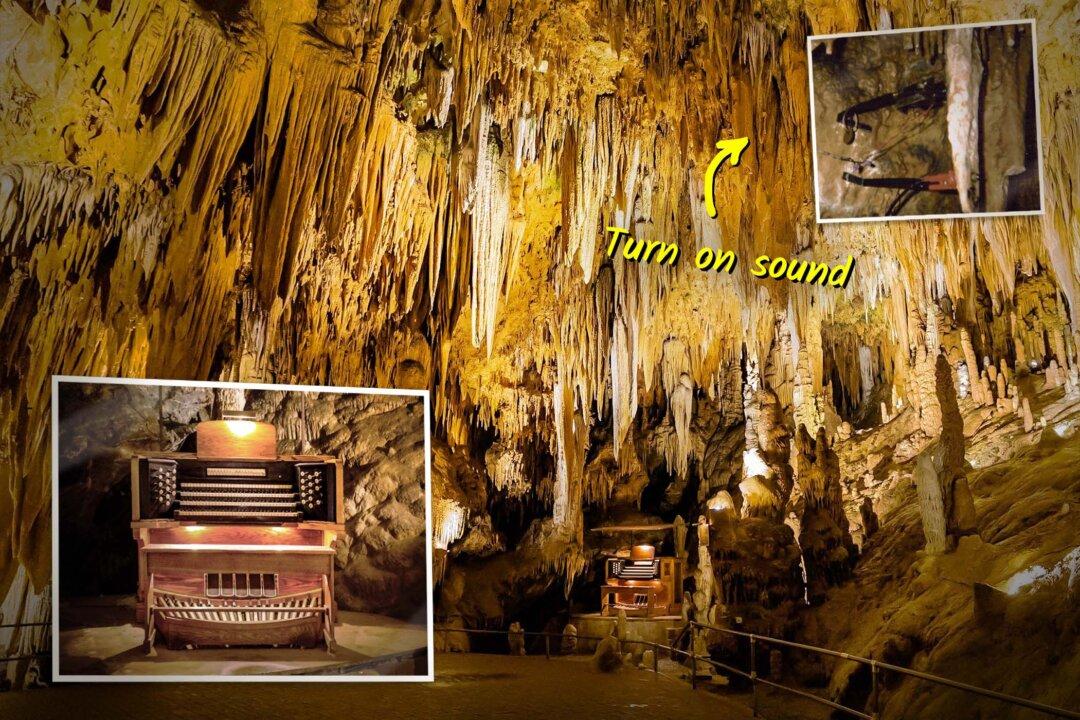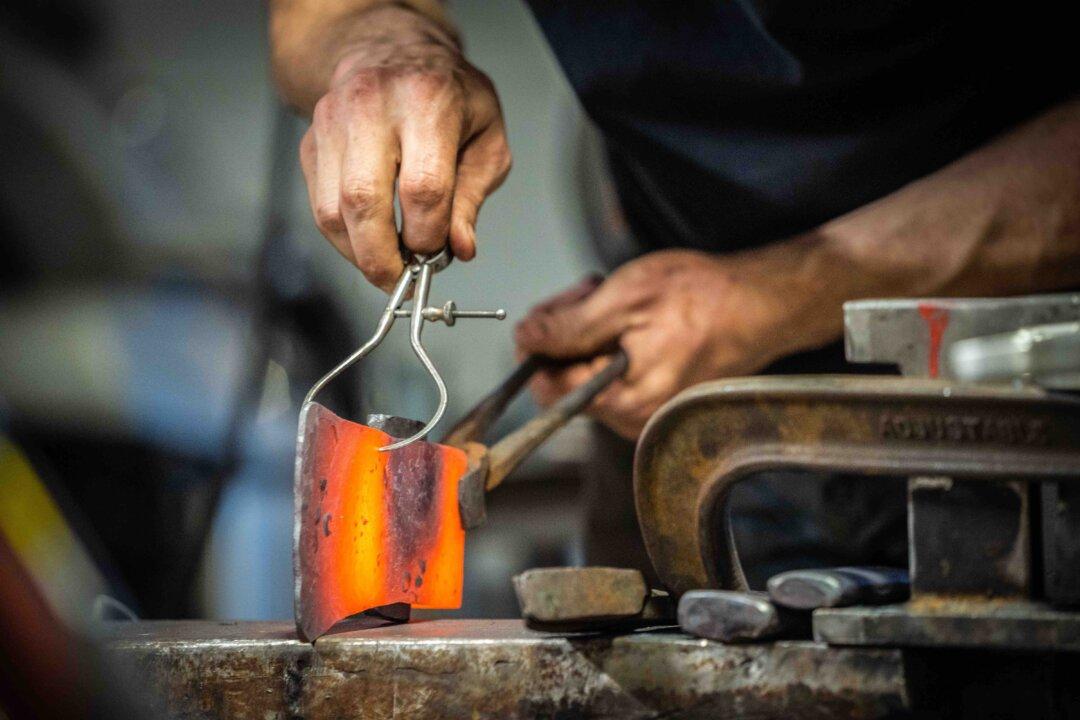The largest musical instrument in the world is a harmonious fusion of nature and human engineering. Located in Virginia’s Shenandoah Valley, the Great Stalacpipe Organ lies deep within the largest series of caves in the eastern United States: Luray Caverns.
Multiple subterranean stalactites comprise a magnificent organ that operates something like a child’s music box. The press of keyboard keys causes rubber-tipped mallets to strike stalactites tuned to concert pitch, causing sounds that resonate sublimely underground.






